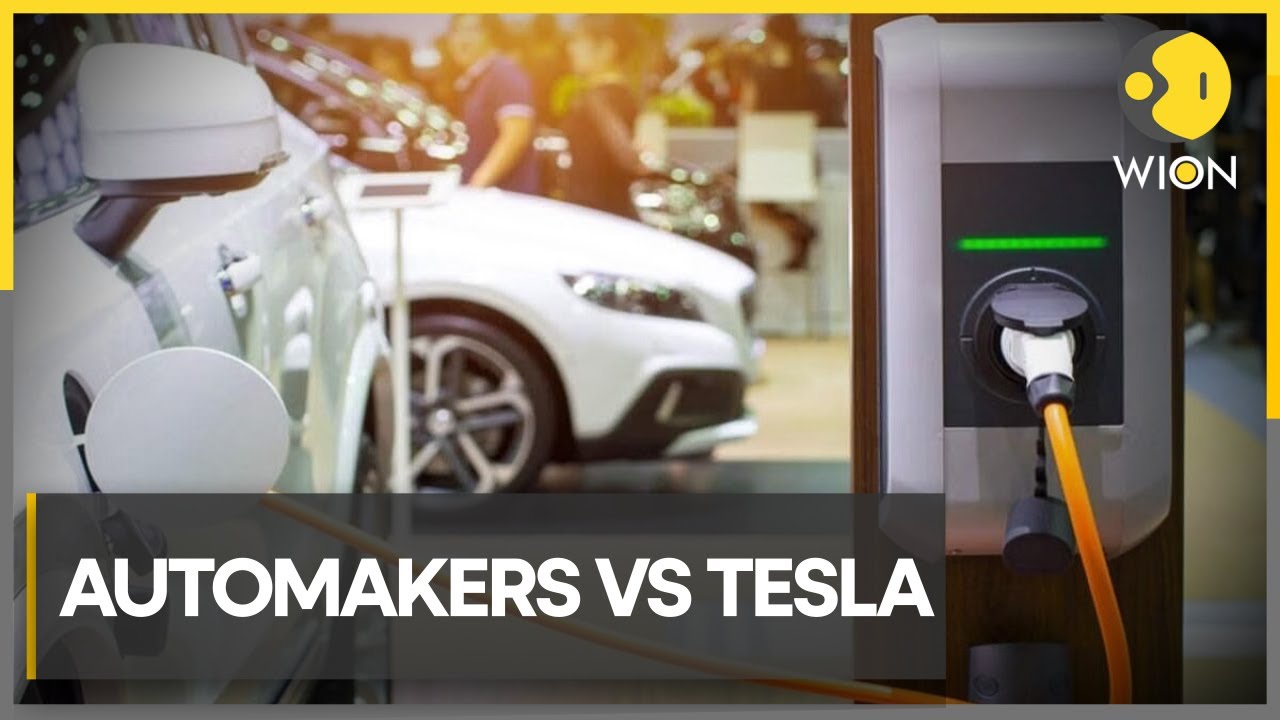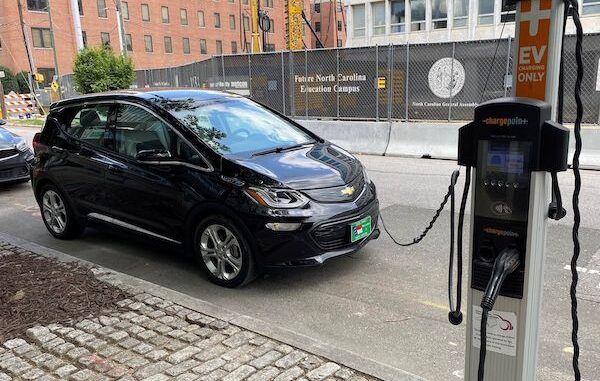What’s Driving the Growth of EV Infrastructure? Buy EV Charging news for Key Updates
What’s Driving the Growth of EV Infrastructure? Buy EV Charging news for Key Updates
Blog Article
Leading EV Charging Information: Secret Updates on Framework and Technology

Recent Developments in Fast-Charging Modern Technology

Furthermore, innovations in battery innovation, including enhanced thermal administration systems and greater energy density batteries, complement fast-charging abilities. These developments alleviate the threat of battery degradation throughout quick charging, making certain longevity and efficiency for EV owners.
Furthermore, the assimilation of clever charging services is enhancing user experience, allowing real-time tracking and dynamic pricing versions. EV Charging news. This versatility permits chauffeurs to enhance charging expenses and times based upon grid demand
As automakers continue to purchase fast-charging networks, the collaboration in between sector stakeholders is vital. Partnerships between charging station companies and auto manufacturers are leading the way for extensive insurance coverage, eventually fostering a more robust EV ecosystem. These developments are essential in supporting the change to lasting transport.
Government Efforts for Billing Growth
Federal government campaigns play a critical role in the expansion of electric car (EV) charging framework, helping with the shift to lasting transportation. Various federal and state programs are being carried out to improve billing ease of access, reduce the economic burden on consumers, and advertise the adoption of electrical lorries.
Significantly, the U.S. federal government has actually assigned significant financing through the Framework Financial Investment and Jobs Act, which earmarks $7.5 billion for EV billing network growth throughout the country. This financing is intended at deploying countless new charging stations, particularly in underserved locations, thus addressing array anxiety among potential EV customers.
Additionally, numerous states are enacting regulations to simplify the permitting procedure for charging terminal installments, which is important for accelerating implementation. Incentives such as tax obligation debts and discounts for both consumers and services are also being introduced to motivate the installation of billing framework.
Moreover, public-private partnerships are progressively becoming an emphasis, leveraging exclusive investment to complement government financing. These efforts emphasize a joint approach important for developing a thorough and reliable EV billing network, ultimately adding to a greener and more lasting future.
Innovative Battery Solutions Enhancing Efficiency
Transforming the landscape of electric vehicle (EV) innovation, innovative battery options are substantially boosting effectiveness and performance. Breakthroughs in battery chemistry, especially with lithium-sulfur and solid-state batteries, are causing increased power density, which enables longer ranges and faster charging times. These brand-new battery kinds have the possible to outmatch typical lithium-ion batteries by supplying greater capabilities while lowering weight, therefore improving overall vehicle efficiency.
Furthermore, growths in battery management systems (BMS) are maximizing energy usage and expanding battery lifespan. Smart formulas keep an eye on battery health and performance, making it possible for real-time changes to charging and discharging processes. This not only enhances the effectiveness of the battery yet additionally guarantees a more sustainable and reputable energy source for EVs.
Additionally, the assimilation of reusing modern technologies is attending to the environmental effect of battery production and disposal. Advancements in second-life applications for EV batteries are facilitating their use in energy storage systems, contributing to a round economic climate.
As these ingenious battery remedies proceed to advance, they guarantee to transform the EV market, making electric automobiles much more appealing and accessible to a wider audience while supporting worldwide sustainability goals.

Partnership In Between Automakers and Billing Networks
Acknowledging the critical demand for a durable charging infrastructure, car manufacturers are increasingly collaborating with charging network carriers to improve the EV ownership experience (EV Charging news). These partnerships intend to develop a smooth billing ecological community that profits consumers and supports the change to electric lorries
Significant vehicle brands are signing up with pressures with well-known billing networks to broaden their billing station protection, making sure motorists have accessibility to reputable and convenient billing alternatives. Partnerships with networks like ChargePoint and Electrify America permit car manufacturers to incorporate billing options directly right into their cars' navigation check that systems, guiding customers to the closest terminals and offering real-time availability updates.
Furthermore, these cooperations commonly result in the growth of fast-charging technologies that dramatically decrease the moment required to reenergize an EV. By merging resources and proficiency, automakers and billing networks can innovate faster, producing options that fulfill the growing need for electric flexibility.
In enhancement, joint campaigns might likewise bring about more standard charging protocols, which can ease customer complication and advertise wider EV adoption. In general, these strategic partnerships are pivotal in building a effective and user-friendly charging infrastructure that fulfills the requirements of a broadening electric lorry market.
Challenges Dealing With EV Charging Infrastructure
As the electrical vehicle market continues to grow, numerous obstacles are appearing that prevent the advancement of an extensive billing infrastructure. One of the main challenges is the insufficient variety of charging terminals, specifically in country and underserved metropolitan locations. This space creates variety anxiety amongst potential EV buyers, preventing them from making the switch.
In addition, the absence of standardization in billing innovation complicates the infrastructure landscape. Variations in plug types and billing rates can produce confusion for individuals and boost operational intricacies for billing network drivers. The combination of billing stations right into existing electrical grids poses significant obstacles. Numerous areas deal with capability restrictions, needing significant investments in grid upgrades to fit increased demand.
One more pushing issue is the high cost associated with the setup and maintenance of billing terminals, which can be a barrier for both exclusive businesses and public entities. Finally, governing obstacles and zoning More Help constraints can postpone the release of billing framework, restraining progression in increasing vital services. Resolving these challenges will be crucial for fostering a robust EV community that supports the shift to lasting transport.
Verdict
To conclude, the recurring advancements in EV billing innovation, supported by substantial federal government efforts and innovative battery solutions, are essential for the development and performance of electrical automobile framework. Collaborations between automakers and billing providers better enhance terminal coverage, attending to the growing need for easily accessible billing options. Regardless of difficulties that linger within the EV charging landscape, these growths represent a go positive trajectory in the direction of a much more sustainable and efficient electric car community.
Developments in charging infrastructure have led to the advancement of ultra-fast chargers qualified of supplying up to 350 kW of power, considerably reducing billing times. Variations in plug kinds and charging rates can develop confusion for individuals and enhance functional complexities for charging network drivers.In conclusion, the ongoing improvements in EV billing technology, supported by considerable government initiatives and innovative battery options, are important for the expansion and effectiveness of electrical automobile framework. Partnerships between automakers and billing companies better improve terminal protection, resolving the expanding demand for available billing choices. Despite challenges that continue within the EV billing landscape, these advancements symbolize a positive trajectory in the direction of an extra reliable and lasting electrical car environment.
Report this page